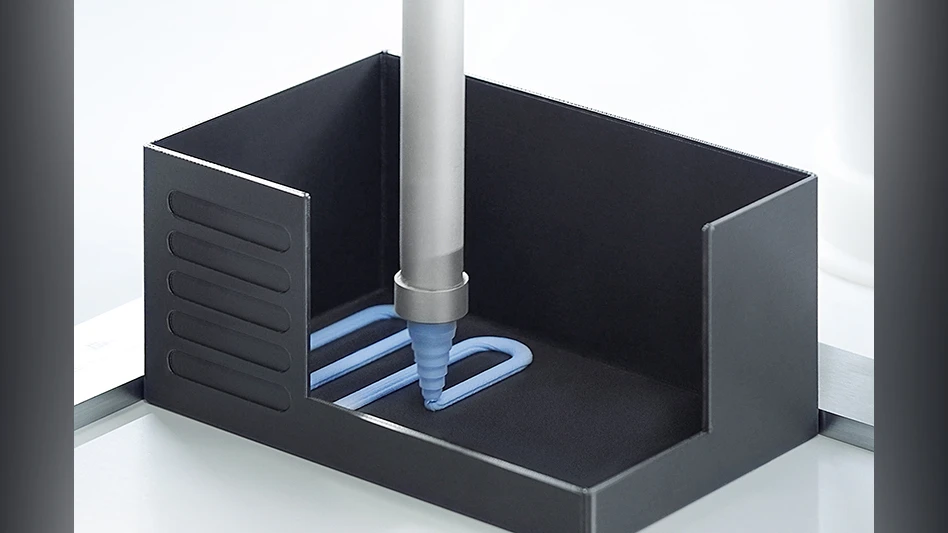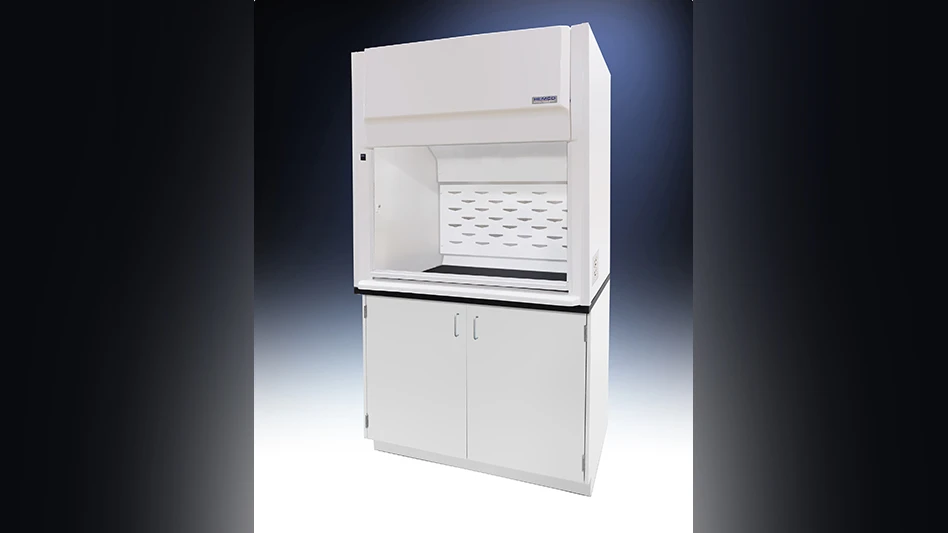
Eric Brothers
Senior Editor // ebrothers@gie.net
few days before the start of the Farnborough International Airshow, chief of the U.S. Air Force (USAF) Air Combat Command, Gen. Hawk Carlisle (what an appropriate name) briefed reporters on the F-35 program and gave candid opinions about the status of the A-10, F-22, and U-2 programs.
Carlisle is responsible for organizing, training, and equipping combat air forces, which include air superiority; global precision attack; global integrated intelligence, surveillance, and reconnaissance; personnel recovery; and command and control. He also has to generate capabilities for today and the future in these five core functions.
“Our ability to maintain readiness, while we’re meeting the demands of the combat commander all over the world, and still build the capabilities of the future, is the challenge that we face. One of the answers is the F-35A. It is spectacular. I am a huge fan of this airplane,” Carlisle said. He added the F-35 is ahead of where the F-22 was at the same point in making it operational – despite years of development and teething pains integrating the F-35’s 8 million lines of software code.
The USAF plans to buy more than 1,700 F-35As, making it the largest customer for the Joint Strike Fighter. Prime contractor Lockheed Martin and partners Northrop Grumman and BAE Systems are working to get the flyaway cost down to $85 million per unit by 2019. The firms recently publicized a two-year extension of the Blueprint for Affordability for Production program that encourages defense contractors and the government to determine ways to reduce costs. This is important for the plane’s widespread supply chain, since more than 20 sub-tier suppliers received funds for improvements under this program.
Speaking of the F-22, Carlisle was skeptical of proposals to restart the production line, saying, it’s a challenge since many subcontractors have moved on to other things. His opinion – keeping up the F-35s’ rate of buy is money better spent than recreating the F-22 line.
As for imminently retiring the Air Force’s A-10 combat air support aircraft, he said, “We’re sliding the divestiture to the right” on the timeline to 2021-2022, based in part on the plane’s popularity in Congress.
“The last person in the world who wants to retire airplanes is me. As long as I have A-10s, I’m going to keep them in the rotation,” Carlisle said. The USAF is studying two replacement options, one A-X for contested environments and one for permissive air space, but Carlisle noted there’s not much room in the budget in the next few years for an A-X.
The Air force is also looking to retire the venerable U-2 spy plane and transition to the unmanned RQ-4 Global Hawk, even though the latter can’t match the U-2’s high-altitude capability. Carlisle said the U-2s are becoming increasingly harder to maintain and costly to keep in the inventory. On the transition timing, he said, “We’ll work with Congress.” – Eric

Explore the August September 2016 Issue
Check out more from this issue and find your next story to read.
Latest from Aerospace Manufacturing and Design
- 2024 Favorites: #10 Article – How 3D-printed aviation parts can accelerate return to air
- 2024 Favorites: #10 News – Boom Supersonic completes Overture Superfactory
- OMIC R&D hosts Supporting Women in Manufacturing Day 2024
- 4D Technology's AccuFiz SWIR interferometer
- Seventh Lockheed Martin-built GPS III satellite launches
- KYOCERA AVX's CR Series high-power chip resistor
- UT researchers receive Air Force grant for wind tunnel
- Monticont's linear voice coil servo motor





